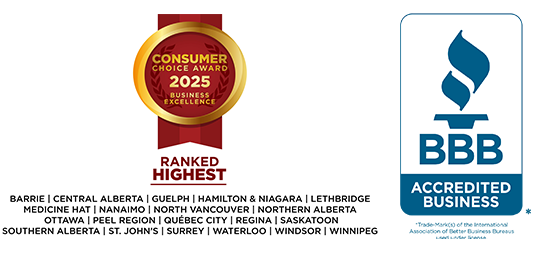Everyone who meets with me for the first time asks, “What should I do?” or, “What would you do if you were me?”
Recently, a new client sat down and told me, “I have to file bankruptcy,” before I even had a chance to review their financial situation. They admitted they didn’t really know what bankruptcy involved, but felt they had no choice.
Part of my job is to assess a client’s financial situation and make recommendations based on their unique circumstances. Bankruptcy isn’t always the right answer.
Here’s what happened during our consultation and how we helped them resolve their debt.
The situation
When the client told me they had to file for bankruptcy, I asked why they thought it was they’re only option. They explained they couldn’t see another way out of debt and feared creditors would garnishee their wages or even foreclose on their house.
As I asked questions, I realized their main issue was the weight of their monthly minimum payments. Interest charges kept piling up, but they weren’t making a dent in the principal balance.
They were faithfully making their minimum payments, but by the time those were done, they had nothing left for regular expenses. They ended up relying on credit cards until the next payday. This cycle left them missing payments, and two of their accounts were already in collections. It was overwhelming and discouraging.
When we reviewed their budget, it became clear they had a steady income and reasonable monthly living costs. They also owned a vehicle and a home with a mortgage. They were ashamed to ask for help and worried about losing their house, but they didn’t think they had another option.
The consultation
I reassured the client that we offer free, confidential consultations where we review both formal and informal options for dealing with debt. I promised that by the end of our meeting, they would have the information they needed to make the best decision for themselves.
I explained the benefits and drawbacks of each option, including:
- Refinancing
- Budgeting
- Taking on a second income source
- Selling assets
- Debt consolidation
- Credit counselling
- Bankruptcy
- Consumer proposal
- A combination of the above
We went over their income, expenses, debts, property, and family situation. They were surprised by how many questions I asked, but I wanted a full picture to give them the best advice.
They had never missed a mortgage payment and had built some equity in their home after living there for more than 10 years. Unfortunately, when they tried refinancing or applying for a consolidation loan, their poor credit prevented them from qualifying.
They were also surprised I didn’t immediately recommend bankruptcy. I made sure to walk them through every option, even ones that didn’t involve my services.
The solution
In the end, we adjusted their budget to create a repayment plan that helped them avoid bankruptcy, stop interest charges, and keep their house. We also factored in their home equity to ensure creditors received fair recovery while still allowing the client to keep their home.
The client chose to file a consumer proposal. Their monthly payment was lower than the minimum payments they had been struggling to make. The proposal was structured over five years. If they had continued with their minimum payments, it would have taken 28 years to become debt-free.
They left our meeting relieved, knowing they were tackling their debts proactively without losing their assets. The proposal included financial counselling to help them build healthy money habits and prepare for success once the plan is complete and their credit is being rebuilt.



